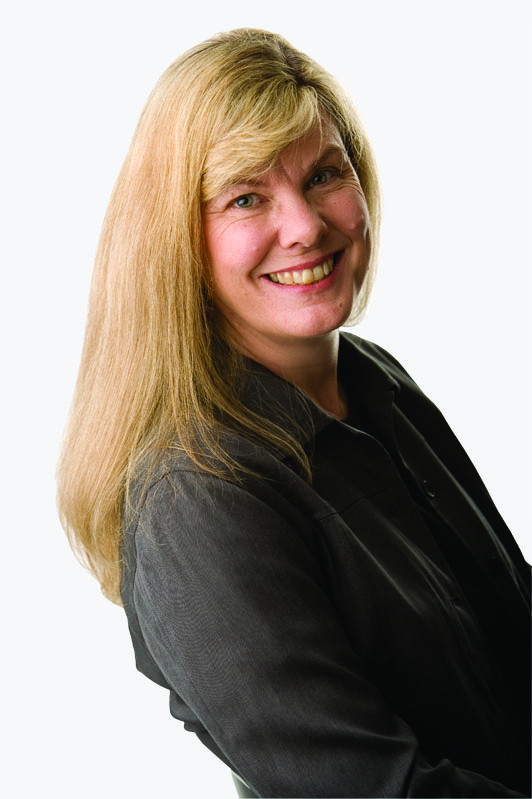
Proper Bobbin Use
ZJ Humbach
Whether you work with different sizes and types of sewing machines on a regular basis or you are simply buying extra bobbins for your home sewing machine, it is important to know about the different sewing machine bobbin sizes. ZJ Humbach explains how to know what size bobbin to use, what machines they work in and how using the wrong size can affect your stitch quality.
Bobbins Sizes
Similar to many sewing tools, bobbins come in many various sizes and styles. Some are labeled with letters, like an ‘M’ or ‘L’ bobbin, while others are numbers, like 15. Knowing what type and size of bobbin your machine takes are important. Not all sewing machine bobbins are clearly labeled with their size or style, however, your machine manual should tell you what bobbin size your machine takes. ZJ shows several of the different sizes and explains what machines they are for.
Larger bobbin sizes are typically for long arm quilting machines or some embroidery machines. These machines are stitching very fast, and if they used a small bobbin, you would constantly be changing one out.
Types of Bobbins
Bobbins not only come in different sizes, but also in metal as well as plastic, and empty as well as pre-wound. While machines can only use one bobbin size, whether it is plastic or metal does not typically matter, however, consult your machine manual to be sure. When buying sewing machine bobbins, you can either buy them empty and learn how to wind a bobbin or you can find them pre-wound. ZJ explains that some machines have issues with pre-wound bobbins and you may find your stitch quality is not where you want it. Some pre-wound bobbins also come with cardboard on both sides that may need to be removed. Whether you buy empty or pre-wound, it is important to buy the correct bobbin size. Also, whether you wind your own bobbins or buy pre-wound, it is important to know how to get perfect bobbin tension.